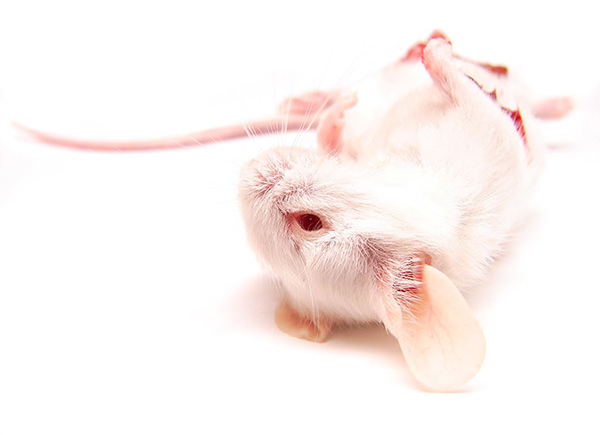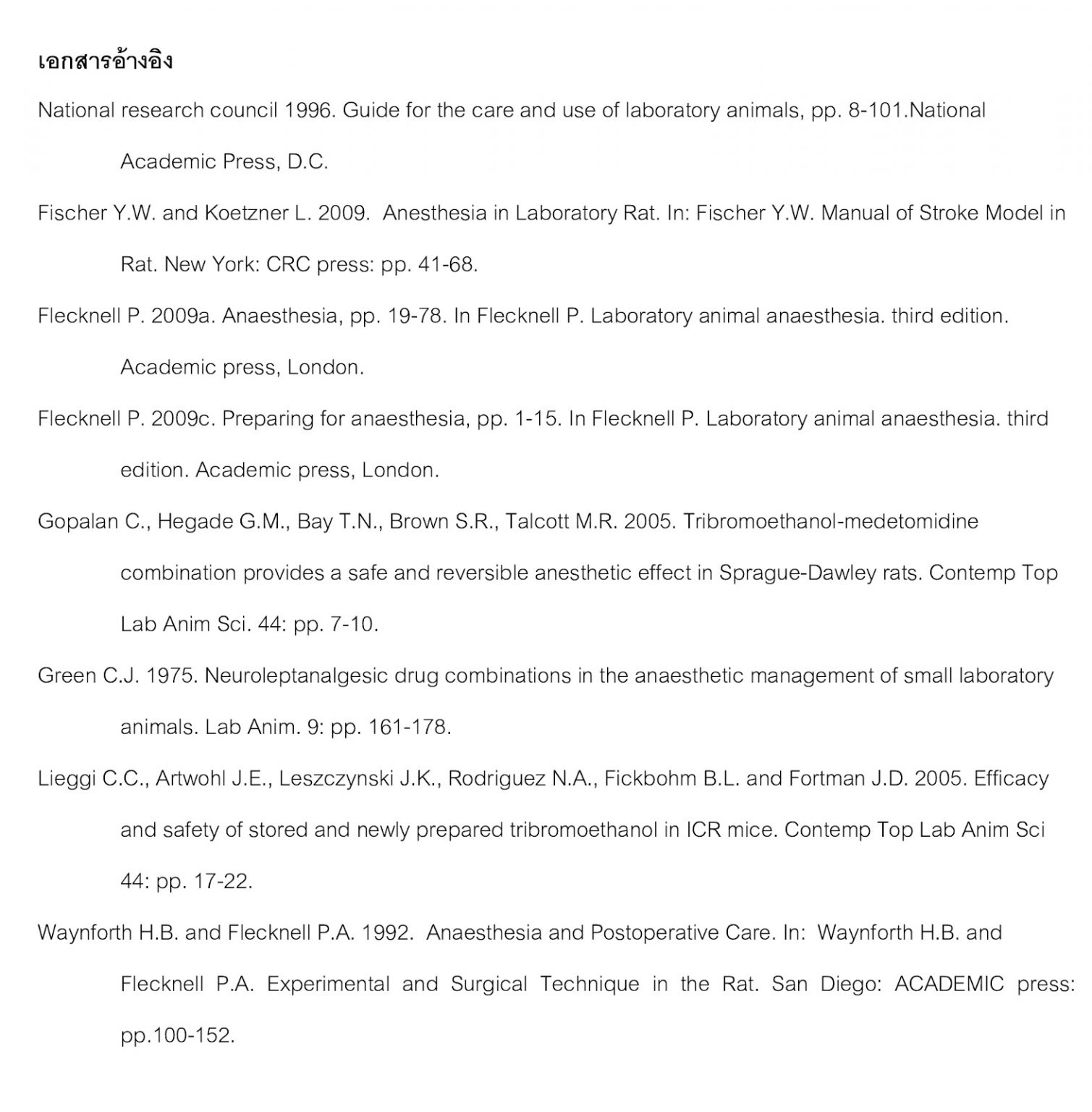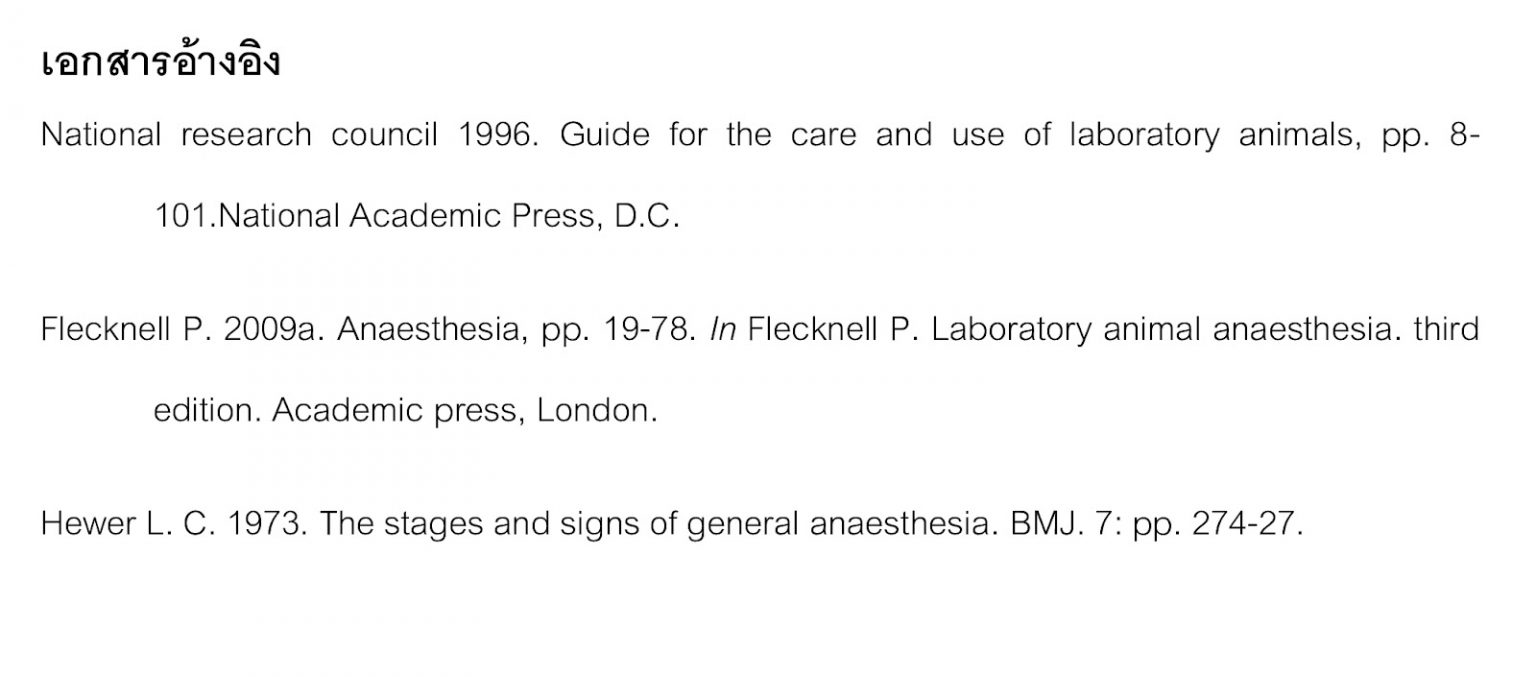
Laboratory animals are animals that used for research and testing to study about diseases, biological products, vaccines, etc. Animal study helps prevent and control diseases. Laboratory animals differs from domestic animals i.e. source, strain, and species of laboratory animals are explicit and traceable. Approximately 300 thousand animals are sacrificed for pre-clinical analysis each year [Data collected in 2007]. They are countable for human defensive before we directly exposed to any chemicals. Thus, at NLAC we value our animals tremendously, we ensure they are treated humanely and live in the best welfare.
By Kanchana KENGKOOM, Ph. D.

Source and genetic information of laboratory animals should be disclosed by the provider, including details of husbandry management and monitoring reports. There are four species that are known for animal testing: ICR mouse, Wistar rat and Sprague Dawley rat, Dunkin Hartley Guinea-pig, and New Zealand White rabbit. Generally, laboratory animals are used for studying of behavior, toxicity, reproductive system, blood circulation, endocrine system, etc. that are resulted from drugs and chemicals administration. ICR mouse is known especially for microbiology, oncology, and comparative pathology study. DH guinea pig has exceptional characteristic. It has been widely employed in the study of skin and ear. NZW Rabbit is used in skin irritation and ocular testing.

Click here for more information of
“Inbred Strain / Outbred Stock”
Euthanasia is registered under our veterinary programs. We ensure that animals are humanely killed with least suffers and discomforts. It is performed in case animals are in moribund conditions e.g. loss >20% body weight, inappetence, weakness, infection, severe pains, or under judgement by veterinarians. Typically, euthanasia can be divided into two main methods including physical and chemical. Cervical dislocation, decapitation, and microwave irradiation are the physical technique; while inhalation of toxic gas and injection of overdose anesthesia agent are considered as a chemical technique. Different techniques are selected based on post-mortem study and a commitment of animal care protocol. After performing the method, animals should be confirmed for signs of death which are absence of a heartbeat and respiration, no corneal reflex, and presence of rigor mortis.


